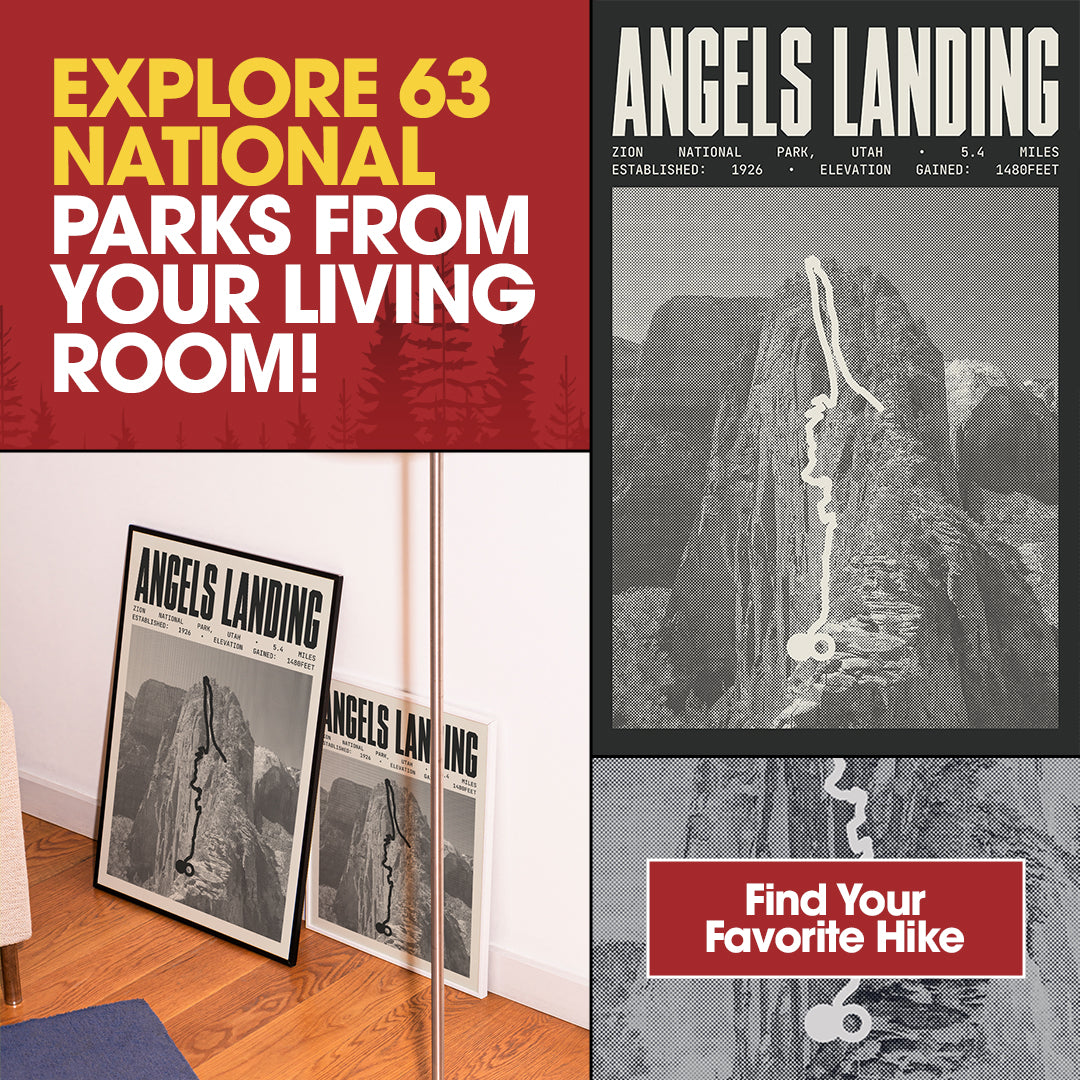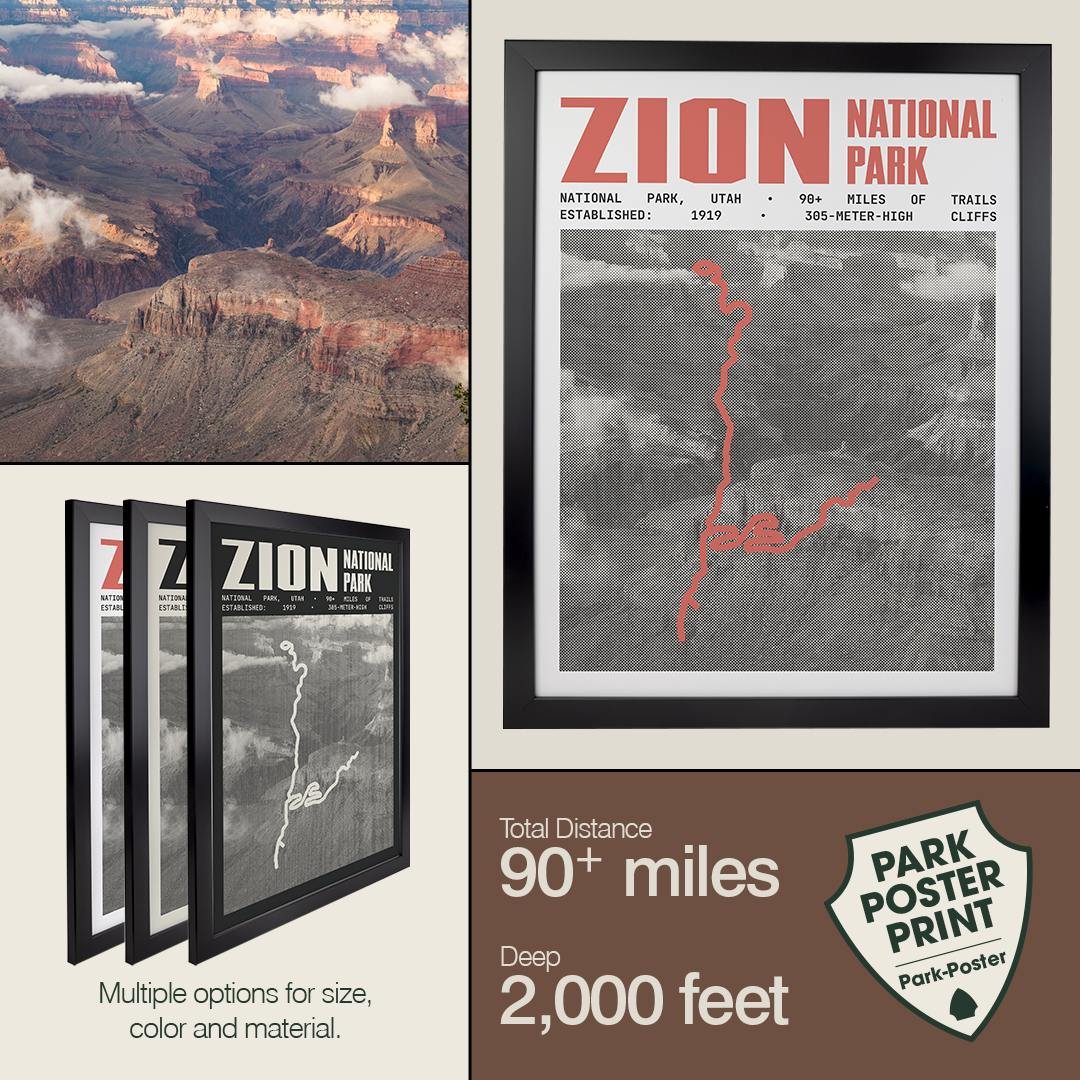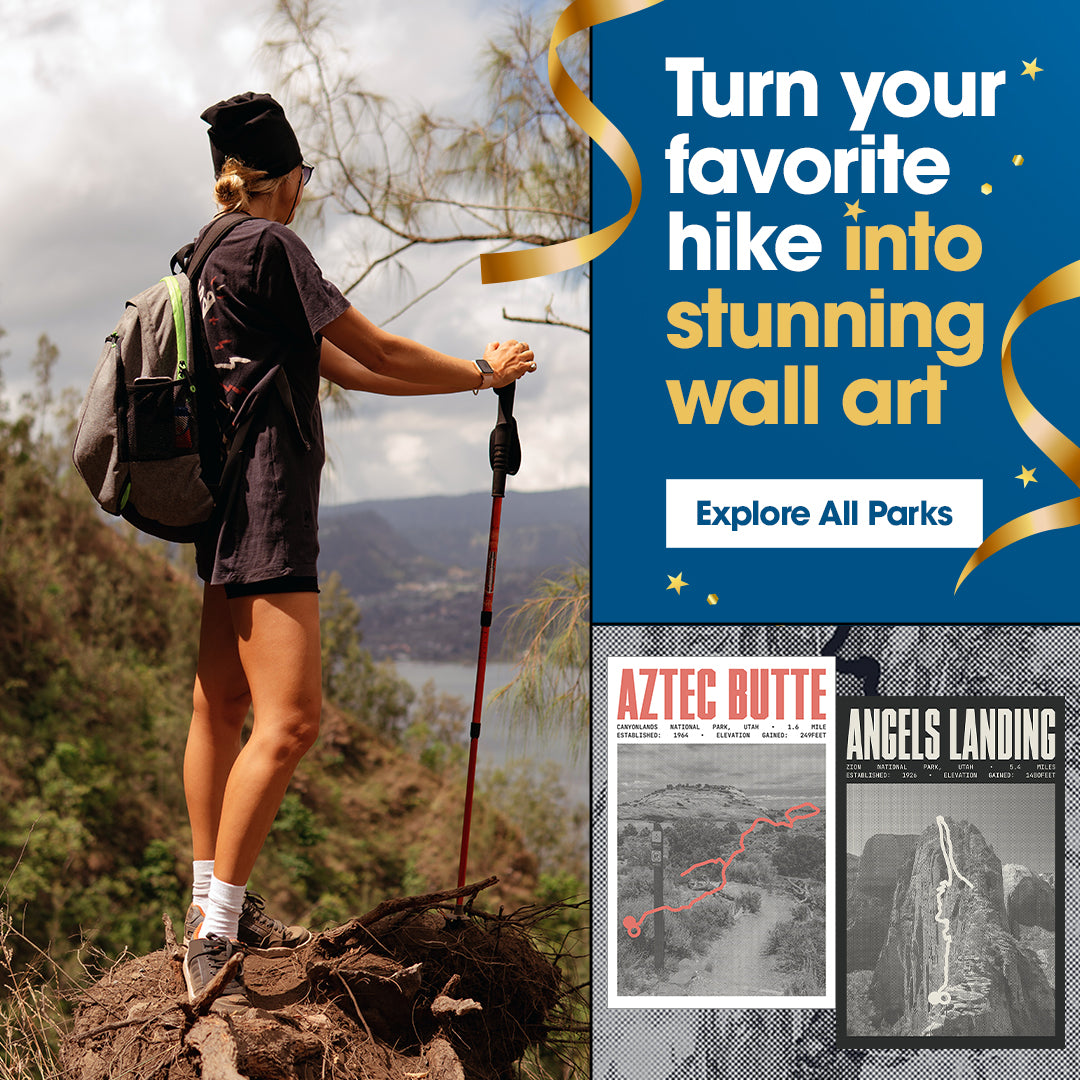Journey to Preservation How the Grand Canyon Became a National Park

The Grand Canyon is one of the most iconic landscapes in the world. Its breathtaking views and rugged beauty capture the hearts of adventure enthusiasts, history buffs, and environmental activists alike. This natural wonder isn't just a tourist destination; it's a testament to the Earth's geological history and the commitment to preserving such a magnificent site for future generations.
The canyon's path to becoming a national park is a story filled with exploration, conservation efforts, and political battles. This post will take you through the fascinating history of how the Grand Canyon earned its national park status.
Early History Native American Presence and European Explorations
Before explorers set foot on the canyon's rim, it was home to Native American tribes. The Grand Canyon served as a sacred place and a resource for these communities.
Native American Heritage
The Havasupai, Hopi, and Navajo are some of the tribes deeply connected to the Grand Canyon. They lived near the canyon and used its resources for centuries. Their cultural and spiritual ties to the land remain strong today. Traditional stories and legends about the canyon have been passed down through generations, highlighting its significance in their culture.
First European Explorations
European explorers first encountered the Grand Canyon in the 1540s. Spanish explorer García López de Cárdenas and his expedition were the first Europeans to lay eyes on the canyon. However, they couldn't find a way down, leaving them unable to explore the depths of the canyon.
It wasn't until the 19th century that more explorations began. John Wesley Powell's daring expeditions through the Colorado River in 1869 and 1872 opened the canyon for further study.
Impact on Native Populations
The arrival of Europeans and later settlers brought significant changes for Native American tribes. Many were displaced from their ancestral lands, and their traditional way of life was disrupted. However, today, efforts are underway to preserve their heritage and rights within the canyon.
Environmental Conservation Efforts of Early Preservationists
The Grand Canyon's grandeur attracted early environmentalists who recognized the need to protect this unique landscape. Their pioneering efforts laid the groundwork for its future preservation.
John Muir's Advocacy
John Muir, a prominent naturalist and wilderness preservation advocate, visited the canyon in the early 1900s. He was instrumental in emphasizing the importance of conserving such stunning natural areas for future generations. His writings and speeches inspired others to join the conservation movement.
Teddy Roosevelt's Influence
President Theodore Roosevelt was a significant force in the conservation movement. During a visit to the site in 1903, he famously declared, "Leave it as it is. You cannot improve on it." Roosevelt's passion for preserving America's natural wonders led to the establishment of many national parks and monuments, including efforts to protect this remarkable landmark.
Challenges Faced by Early Conservationists
Early conservationists faced opposition from those seeking to exploit the canyon's resources. Mining interests and developers saw opportunities for profit, which threatened the preservation of the canyon's natural beauty. Despite these challenges, dedicated individuals continued to advocate for protection.
National Monument Establishment and Significance
Before achieving national park status, the Grand Canyon was designated a national monument. This critical step helped safeguard the area from immediate threats and laid the foundation for future protection.
The Antiquities Act of 1906
The Antiquities Act allowed the President to designate national monuments to protect significant natural and cultural features. President Roosevelt used this authority to proclaim the Grand Canyon a national monument in 1908. This designation restricted certain activities, providing a level of protection while awaiting further preservation efforts.
Initial Reactions and Impact
The national monument designation received mixed reactions. While it was celebrated by conservationists, it faced criticism from those with economic interests in the area. However, the designation set a crucial precedent for protecting natural wonders and demonstrated the government's commitment to conservation.
Preservation Efforts Continue
The national monument status provided a temporary solution but did not fully address the need for comprehensive protection. Efforts continued to promote the idea of elevating the Grand Canyon to a national park, ensuring its long-term preservation and access for future generations.
The Long Road to National Park Status Political and Environmental Battles
Securing national park status for the Grand Canyon was a lengthy and challenging process, involving political maneuvering and overcoming environmental hurdles.
Legislative Efforts and Opposition
Proposals to establish the Grand Canyon as a national park faced resistance from various quarters, including mining companies, ranchers, and local politicians. These groups feared the impact on their livelihoods and economic interests. Despite this opposition, supporters of national park status continued to push for legislation.
Environmental Advocacy and Public Support
Environmental organizations and advocates played a vital role in building public support for the national park designation. They highlighted the importance of preserving the canyon's unique ecosystem and biodiversity. Public awareness campaigns and grassroots efforts helped garner widespread backing for the cause.
Success and Official Designation
In 1919, after years of persistence, President Woodrow Wilson signed the act establishing it as a national park. This landmark decision marked a significant victory for conservationists and set a precedent for future national park designations. The park became a symbol of the nation's commitment to preserving its natural heritage.
The Grand Canyon Today Environmental Challenges and Adventure Tourism
Today, the Grand Canyon faces new challenges while continuing to captivate visitors from around the world. Its role in adventure tourism has grown, but environmental concerns remain.
Current Environmental Threats
This iconic location faces ongoing environmental threats, including issues related to water management, air quality, and habitat preservation. Climate change poses additional challenges, affecting the delicate balance of ecosystems within the area. Conservation efforts continue to address these concerns and protect the site for future generations.
Adventure Tourism and Economic Impact
Millions of visitors are drawn to this breathtaking destination each year, eager for adventure. Activities such as hiking, rafting, and sightseeing significantly contribute to the local economy. However, managing tourism sustainably is essential to minimize environmental impact and preserve its natural splendor.
Balancing Conservation and Recreation
Striking a balance between conservation and recreation is crucial for the future of this natural wonder. Park management works diligently to ensure that visitors can enjoy the landscape while safeguarding its ecosystems. Initiatives promoting responsible tourism and education play a vital role in achieving this balance.
Conclusion Preserving for Future Generations
The journey of the Grand Canyon to national park status showcases the commitment of those who recognized its significance and advocated for its protection. Today, it serves as a powerful symbol of natural beauty, adventure, and environmental stewardship. Preserving this iconic landscape for future generations demands ongoing dedication and teamwork from all of us.
By understanding its rich history and tackling current challenges, we can ensure the Grand Canyon remains a beloved destination for adventurers, history lovers, and environmental supporters alike. Whether you're a hiker navigating its trails or a history enthusiast exploring its past, the Grand Canyon truly has something for everyone. Let's work together to safeguard this natural wonder and ensure its legacy thrives for generations to come.
Relive Your Adventures with National Park Prints
Capture the essence of your unforgettable experiences at national parks with our stunning National Park Prints. Perfect for showcasing your favorite park or hike, these posters are based on authentic national park maps, making them a fun and creative way to immortalize your cherished memories.
Whether it's the majesty of the Grand Canyon or the tranquility of a serene forest trail, our prints provide a unique piece of art that adds character to any space. Order yours now and relive those incredible adventures every time you glimpse a treasured corner of your home.







